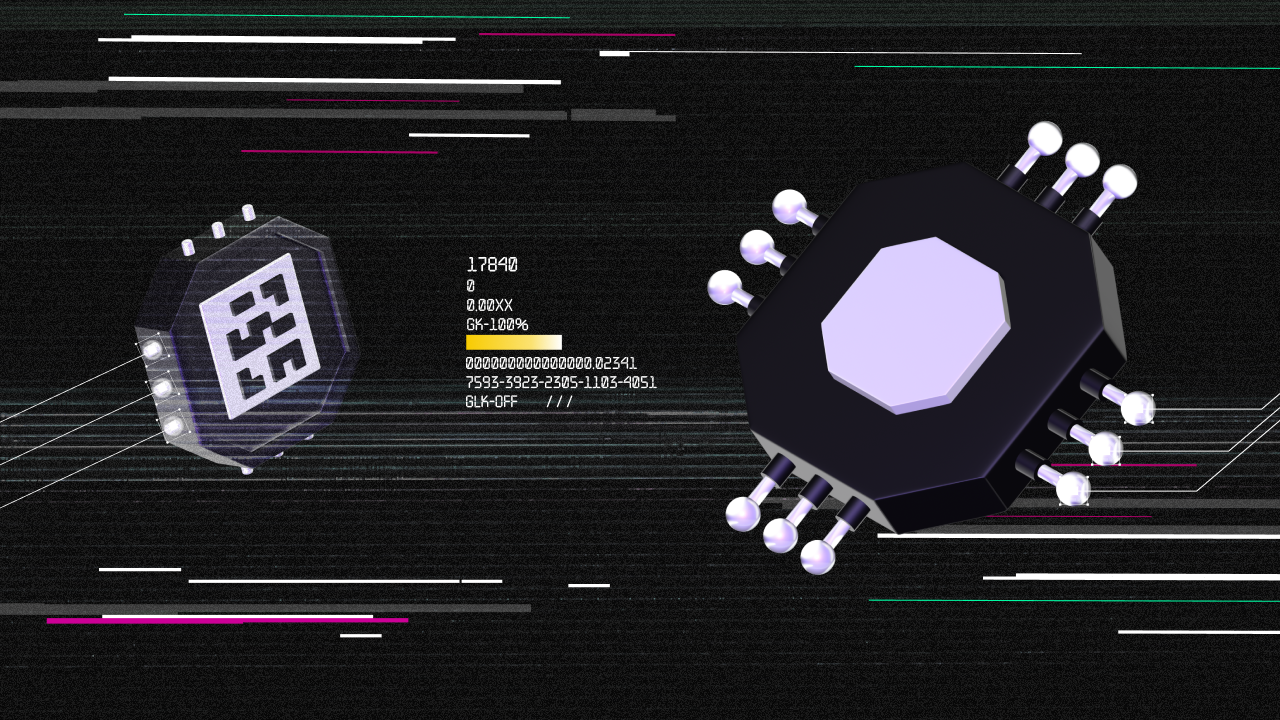From Static Pages to Digital Ownership: The Evolution of the Internet

The Internet’s Journey: From Reading to Owning
The Internet is one of the most significant technological breakthroughs of the late 20th century. It changed how we communicate, work, do business, and share information. And while today it feels like a natural part of life, its development reflects decades of evolution, from static websites to decentralized applications where users can truly own their digital content.
To understand how we arrived at Web3, it’s essential to look at how the Internet evolved — and what distinguishes its three main stages: Web 1.0, Web 2.0, and Web 3.0. This timeline isn’t just historical trivia; it’s a vital context for anyone aiming to grasp the digital transformation.
For Web3 founders, understanding this evolution is more than just background knowledge — it’s a strategic asset. It helps clarify product value, identify user pain points, and craft positioning that stands out in an increasingly competitive space.
Web 1.0: When the Internet Was Read-Only
The first version of the Internet — Web 1.0 — emerged in the early 1990s and lasted through the early 2000s. It was a read-only web. Users could view information posted by developers on static HTML pages, but had no way to contribute, comment, or interact with content. It was a one-way street.
Web 1.0 felt like a digital library: vast information, minimal interaction. Tim Berners-Lee, the inventor of the World Wide Web, envisioned the Internet as an open platform for knowledge sharing. However, the limited tools of the time made Web 1.0 a closed system that most people could read, not create.
For Web3 projects, this phase is a reminder that engagement is essential. Without tools for interaction and contribution, digital platforms remain static showcases—not living ecosystems.
Web 2.0: When the Internet Became Interactive
The era of Web 2.0 began around 2004. This was the age of social networks, blogs, comments, and user participation. People could create and consume content for the first time—uploading photos, writing articles, and sharing videos. Platforms like YouTube, Facebook, and Twitter emerged, where users, not just platform owners, generated content.
At the same time, the Internet became a commercial landscape. Companies monetized user content and personal data, while users received little to no compensation for the value they created. This raised concerns about privacy, censorship, and data control.
Centralization became Web 2.0’s weak point. Major platforms held complete control over user data, could block accounts, and could disappear, taking years of content with them. This imbalance laid the groundwork for the rise of Web3.
Web3 founders can consider Web 2.0 a cautionary tale: resistance builds when platforms profit from user-generated value without rewarding users. Web3 introduces new economic models based on shared ownership, decentralized governance, and community-driven value creation.
Web 3.0: When Users Own Their Data and Content
Web 3.0 — or simply Web3 — began to take shape around 2014. One of the first to define it was Gavin Wood, co-founder of Ethereum. This next phase of the Internet doesn’t just allow people to create content — it gives them ownership over it.
The core idea of Web3 is decentralization. Unlike Web2’s centralized servers, Web3 runs on peer-to-peer networks, where every device can be a server and a client. This removes the need for intermediaries, reduces censorship risks, and puts users back in control of their digital assets.
Web3 leverages blockchain and smart contracts. Content and data can be tied to users via tokens or NFTs, crypto wallets can gate app access, and all activity is verifiable through transparent, immutable ledgers.
Web3 also embraces semantic web technologies, enabling algorithms to better understand the meaning behind data. This makes interfaces smarter and user experiences more intuitive.
For Web3 founders, this is a frontier of opportunity. You can build platforms where users aren’t just customers but stakeholders. The product grows because the user has a stake in its success. Ownership becomes a key part of user motivation, not just UX.
What’s Next?
Each phase of the Internet solved a core challenge. Web 1.0 gave us access to information. Web 2.0 enabled communication and content creation. Web 3.0 offers control and digital ownership.
While Web3 is still maturing, its principles are already being applied across industries: from decentralized finance and virtual worlds to digital identity and DAOs. Blockchain has become the underlying infrastructure of the next Internet, and decentralization is its primary design philosophy.
More individuals, companies, and even governments realize that the future belongs to platforms where users, not corporations, own their data.
For Web3 teams, this means you’re not just building products. You’re designing economies — systems where value is created and sustained not by code alone, but by trust, transparency, and community governance.
Final Thoughts
The history of the Internet is a journey from passive consumption to active participation — from centralized control to personal responsibility and digital ownership. Web3 isn’t just another evolutionary step — it’s a shift that returns control of the digital realm to its users.
In the following article, we’ll explore how Web3 actually works — and what truly sets it apart from Web 2.0. Stay tuned to Cware Academy for more in-depth insights. If you’re building a Web3 product or looking to scale your startup, reach out to us. We’ll help you navigate the path from idea to traction.
Share this article with anyone who wants to understand the Internet of tomorrow. We’re standing at the threshold of a new digital era — and you have the chance to shape it.
